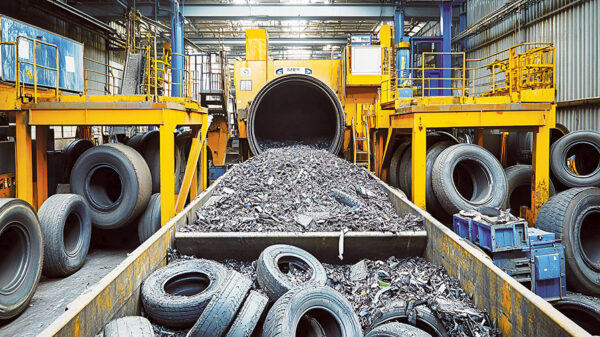Many people have heard of pay by the delivery (delivery stop), but most people do not really understand how it is correctly computed or what the hidden value is. The simple explanation is the rate per delivery or attempted delivery (dry run), times the number of deliveries or attempted deliveries completed is route pay. Route pay divided by route hours equals the driver’s rate per hour.
UPS has been the standard to compare with on delivery service for many years, and they are paid by performance pay. An efficient auto parts delivery driver will complete deliveries at an average rate of one every 20 minutes or less. The faster the delivery rate per minute, the higher the driver’s hourly rate will be.
Many owners and managers balk at this point and say, “Wait a minute. I can’t afford $20 or $25 per hour for a delivery driver.” Sure you can if you truly understand how pay by the delivery stop is calculated and have the right formulas in place. In most cases, the maximum a driver can earn is three times the delivery stop pay divided by one hour. The key here is as the rate per hour goes up, the number of hours worked comes down. Why would you care if the gross wage was 10 hours at $10 per hour, or 5 hours at $20 per hour, provided the same amount or work is accomplished? The total labor cost is the same: $100.
Rates can vary based on windshield time and other factors, including drivers in zones with heavy traffic.
The true value here is lower insurance exposure, less fuel, less maintenance, less equipment, fewer employees, less stress, higher quality of life, higher morale and faster service. Properly designed and implemented performance pay for delivery drivers is a Win, Win situation. You determine the amount and quality of work, and the maximum annual wage, the driver determines the number of hours the work will be performed in.
You will need to give the drivers additional training on dealing with customers to maintain quality and dealing with times spent on deliveries.
Did you ever notice that when the drivers leave with 10 deliveries, they get back at the end of the day; if they have 18 deliveries, they still get back at the same time? When was the last time you had an employee to sweep the warehouse? Ha, it’s not a joke. On the pay per stop program, we tell the drivers if you get done sooner than the end of the work day, just check in and go home. They are making more and going home early! But here’s the best part, you tell them if they want to work more, they can sweep the warehouse, or do other tasks you need done, like restocking, and earn their average hourly wage from the prior period for doing that work.
We originally adapted performance pay for delivery drivers from the solid waste industry, where it is referred to as container pay or can pay, in mid 1994, and redesigned it for the auto salvage industry. Fewer employees, less equipment, better service, lower cost and higher profit.
Remember, only you can make BUSINESS GREAT!
This article was provided by autosalvageconsultant.com, which was formed in 2001 by recyclers for recyclers, to help them improve their businesses.
Published in the September 2022 Edition







